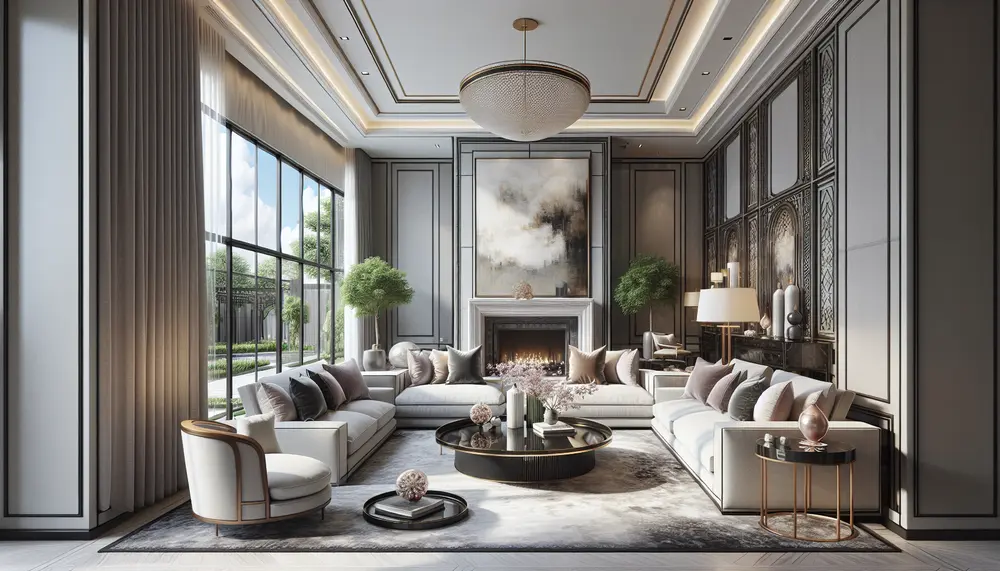Interior Design vs Decorating: Key Differences Explained
What is the primary difference between interior design and interior decorating?
Interior design involves creating functional and safe spaces by understanding structural building codes and human behavior, as well as aesthetics. It often requires formal education and certification. Interior decorating, however, focuses mainly on the aesthetics, such as the selection of color schemes, furniture, and accessories, to beautify a space that is structurally complete.
Do interior designers need formal education and credentials?
Yes, interior designers typically need formal education that can include a bachelor's degree in interior design along with knowledge in architecture, CAD software, and building codes. They also may need to earn licensure or certification, such as passing the NCIDQ exam, depending on regional regulations.
Can interior decorators practice without formal education?
While interior decorators can practice without formal education, there are certification programs, such as those from Certified Interior Decorators International (C.I.D.), that provide knowledge and recognition in the field. Although not required, these certifications can enhance credibility and expertise.
What kind of projects require an interior designer?
Projects that involve structural changes, spatial planning, or need adherence to building codes and safety regulations require an interior designer. These professionals are equipped to handle extensive renovations and ensure that the design meets both functional needs and regulatory standards.
Are interior decorators involved in structural planning?
No, interior decorators typically do not engage in structural planning or renovations. Their role is to enhance the look and feel of an existing space through furnishings, color schemes, and decorative accessories without making structural changes.






